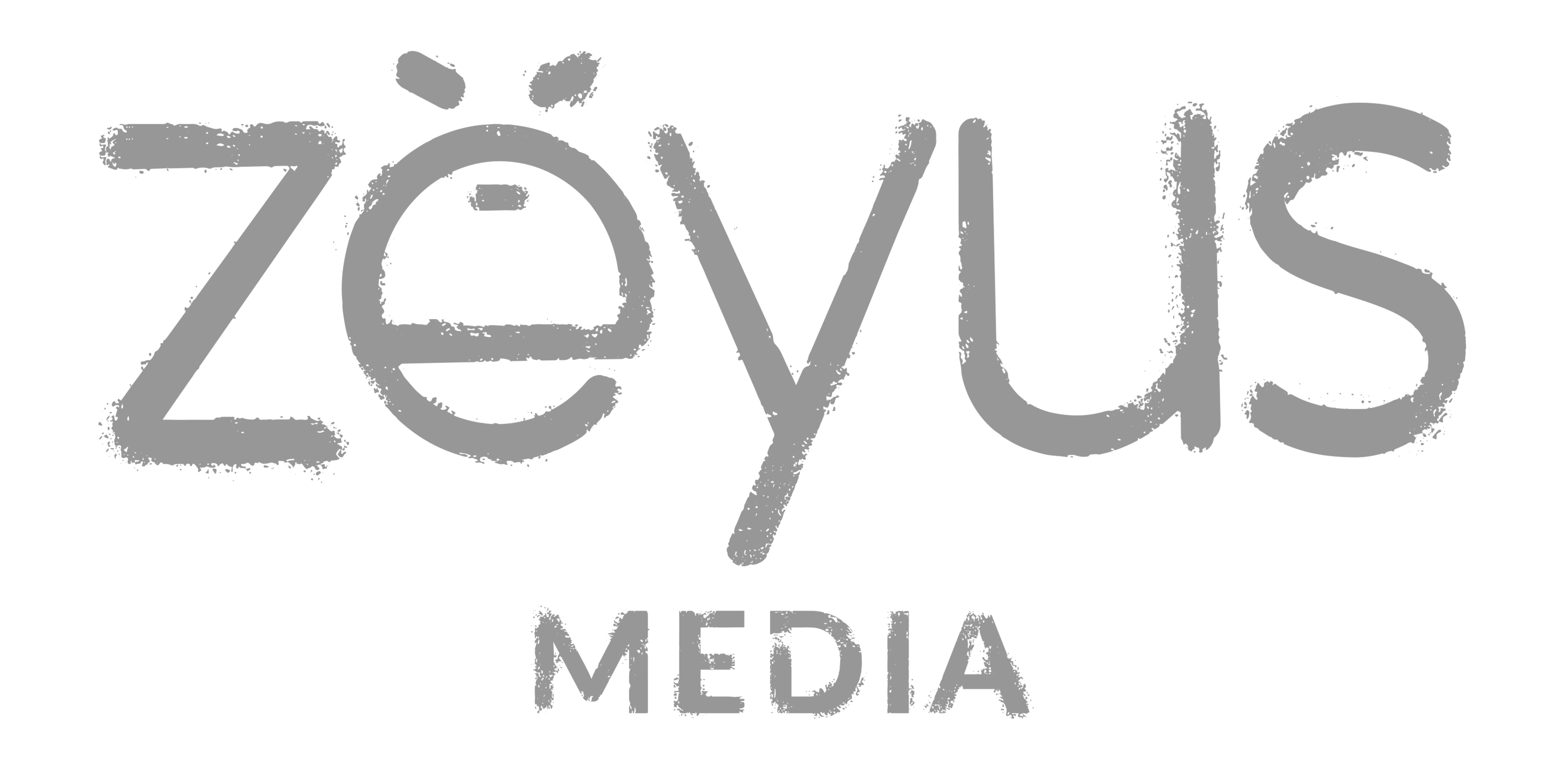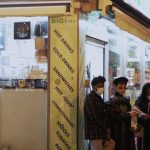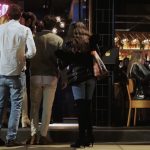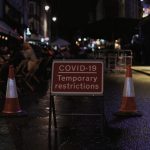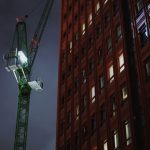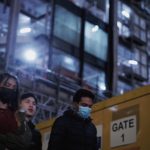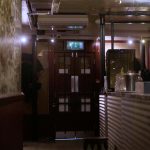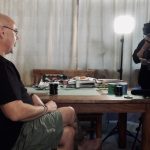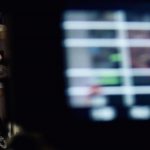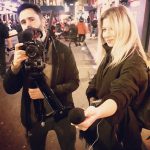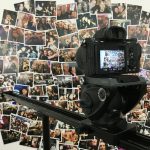The Crobar project began as a delve into the #SaveOurVenues and #LetTheMusicPlay campaigns, as owners reached out for help that wasn’t coming from the government – causing charities such as the Music Venue Trust to step in and help. This led us to barkeeper Richard Thomas – whose venue The Crobar had been an institution for London’s rock scene for just under twenty years – now another victim of the pandemic as banks and landlords all stood by and watched the business meet its demise.
As much talk as there is on the subject, we found there was little being shown of it so a key aim of the project became to do the impossible of finding a way to portray a nothing and cinematically show the absence of life and a bygone time. Our approach to filmmaking is to always persevere towards presenting a tangible and unfiltered truth, so our very first port of call was to visit the now-closed bar and try to capture the feeling of being in a place that once rocked to a jukebox of ACDC and Led Zeppelin, now reduced to a cold and silent tomb. “Four walls make a room, people make a bar” is a very important point Richard makes in the piece, and indeed from a cinematic standpoint the same is true. A sealed room is a very difficult thing to breathe life into, but for an audience to care it is vital to establish an emotional connection. Our solution was to project found footage filmed by patrons of the Crobar onto the walls of the venue which we would then film, thereby animating the inanimate and giving a feeling of ghosts and memories that are imprinted into the building itself.
Having wrapped up the filming at the bar and the interview with Richard it soon became clear that something was missing. In order to give the Crobar a point of reference both emotionally and within the cinematic world, we needed to see more of the city that surrounds it. We filmed in Soho over two nights. The first was spent around Denmark Street to capture the guitar shops and to place the many lost venues like the Borderline, 12 Bar Club and Tin Pan Alley – which were all in the process of redevelopment and gentrification. The former site of the Astoria in particular had a very skeletal quality to it, projecting a powerful feeling of lifelessness.
We then returned to capture the scenes of last orders on the eve of the second national lockdown. Here we were joined by a fellow filmmaker and community activist who gave us a brief tour of some of Soho’s more prominent sites. Paul Atherton features in the piece in a shot outside the Duke of Argyll in Brewer Street, and with his wealth of stories he could have had a whole show to himself. The scenes on the streets that night were another opportunity for us to present a raw and unfiltered truth. To show what Soho looks like today and meet some of the partygoers. A big influence here was the amazing music video for Andy Stott’s “Butterflies” directed by Michael England, which offers a montage of vignettes depicting ordinary people going about life on the artificially lit nighttime streets of New York. Soho was crawling with stringers trying to get a sensational front page shot of the last night of lockdown, but we were keen to adopt an alternative method in our filming. Approaching strangers in public and pushing cameras in their faces is unlikely to capture any kind of genuine moment. Instead, we chose to set up our equipment in the centre of Soho, letting people pass naturally through the frame or in some cases allowing for their inquisitive nature to take over. Before long we found ourselves at the centre of a magical moment, surrounded by Soho’s revellers all approaching us to have their say and even to engage in friendly debate with one another. A rare sight in 2020.
- Street corner of Soho
- Soho Bar
- Covid restrictions in Soho
- Masked tube commuter
- New London Development
- The former site of the London Astoria
- The closed Crobar
We made the decision to include some archival footage of Soho as it was in the 90s, an era which Richard remembers fondly, as well as scenes of British punk and rock culture in a time before the era of smartphones or “The Spotify Generation” as Richard calls it. While we didn’t want to over-saturate the piece with work we hadn’t shot ourselves, we did feel that seeing the stark contrast between the attitudes of young people on the street compared with today was visually compelling and demonstrated the points made about gentrification and modernisation.
Finally, we put a callout asking fans of The Crobar to send in any photos or videos they had of the venue when it was up and running. This was to try and incorporate some original content, rather than using footage which was readily available on Youtube and may have been seen before. Within days our inbox was flooded with hundreds of submissions alongside messages of support. It was hard not to feel emotional reading the comments from people all over the world who were cheering on the release of the documentary and wanting to help support Richard and the bar somehow. We decided to physically print the photographs and created a photo wall montage which we then filmed on a slider for the end credits. Seeing the images physically printed felt more nostalgic and authentic, and we tied the final sequence up with a heavy metal cover of the theme song from Cheers. A slightly humorous yet fitting tone for the project.
While there were some technical and logistical issues along the way, we felt that the final piece did what we wanted it to do – which was to draw attention to a beloved venue with an untold story behind it. On its release, the film generated a fair amount of buzz being covered by such notable music news outlets as Kerrang, Metal Hammer/Louder, Time Out and even ITV News interviewed myself and Lucy about it. The crowdfund has since grown by an extra £10,000, and most importantly it has helped to remind ourselves and others of the musical heritage of Britain and how important it is to protect and preserve parts of our culture which may otherwise be lost to an increasingly homogenised and globalised world.
- Filming the interview
- Interviewing Richard Thomas
- Andrew & Lucy filming in Soho
- Filming Crobar credits
